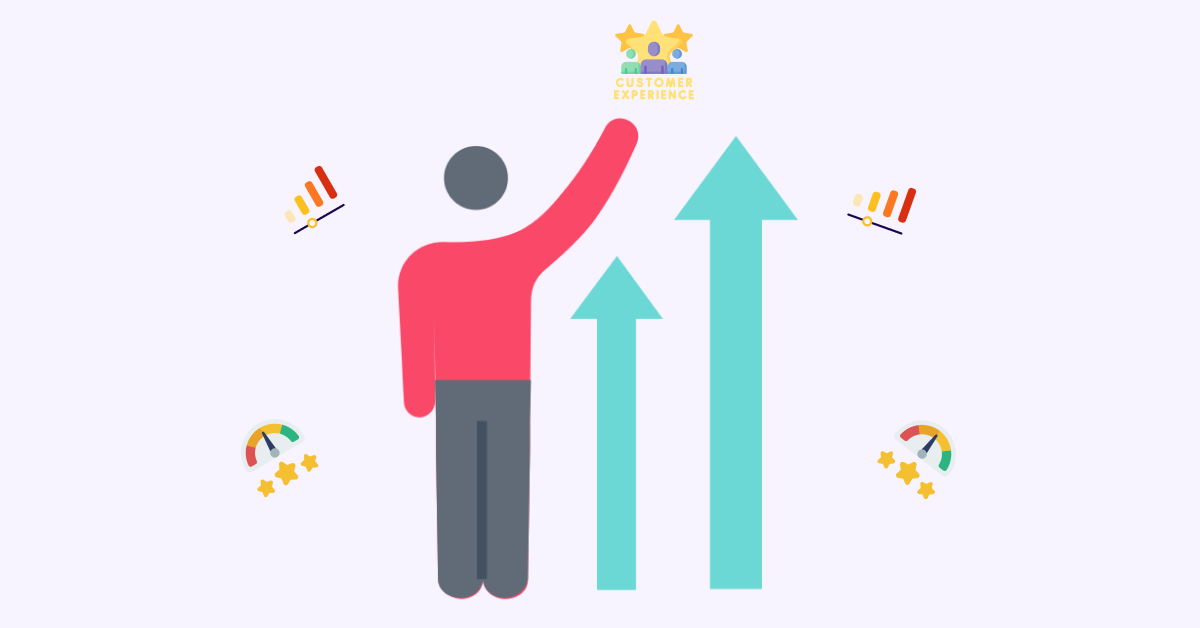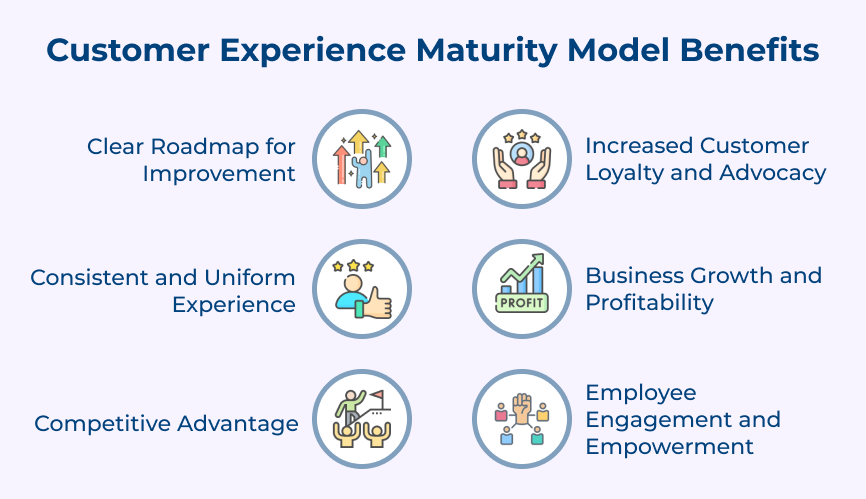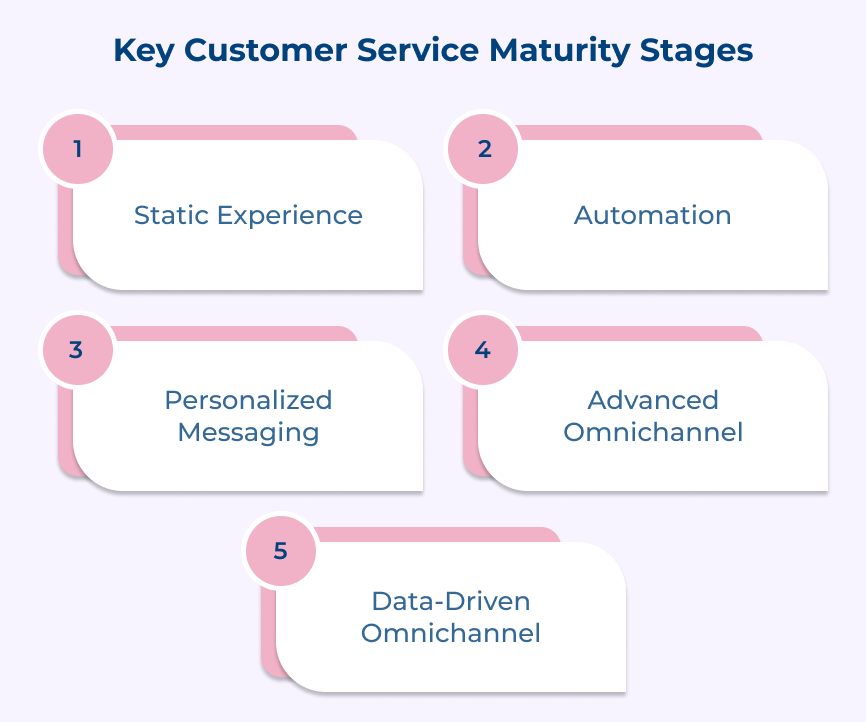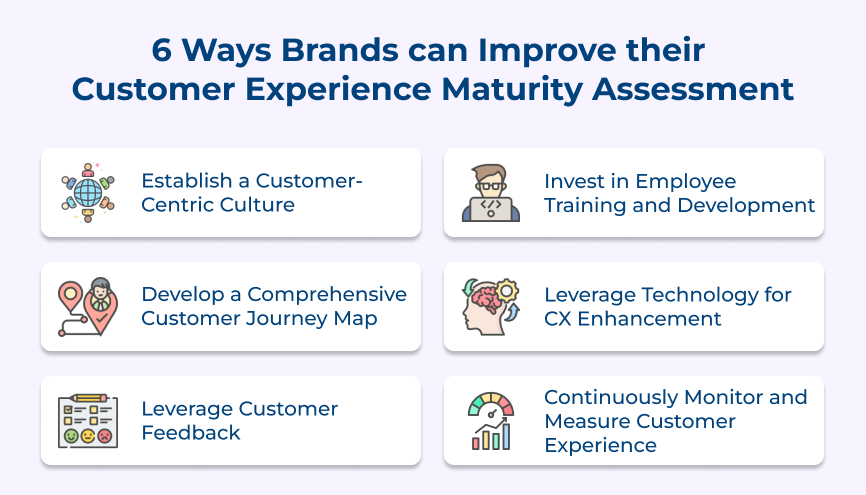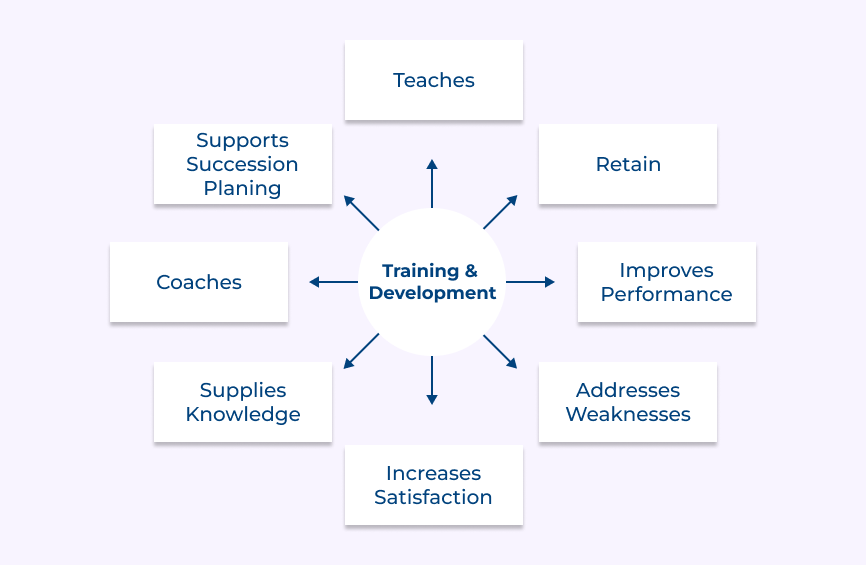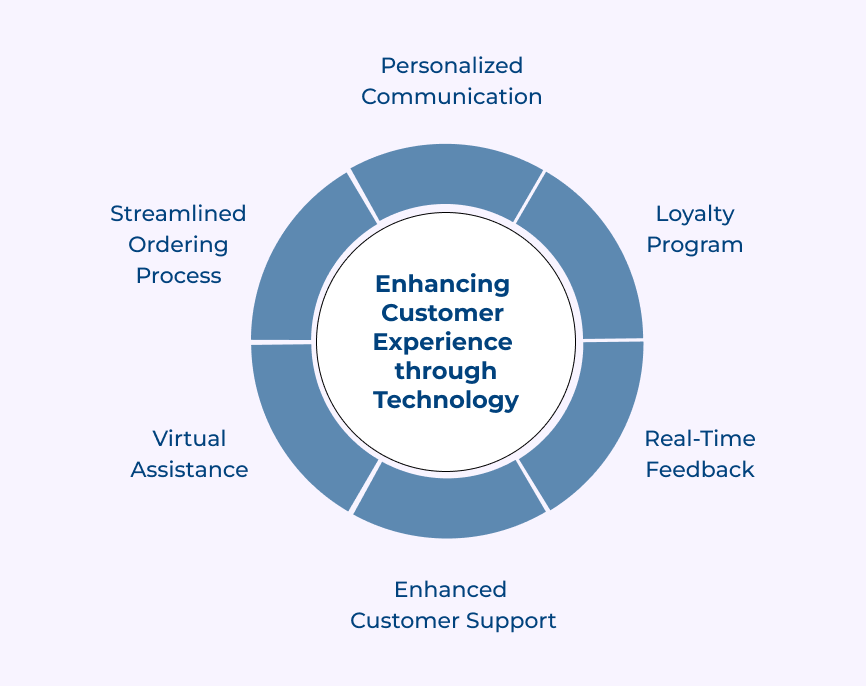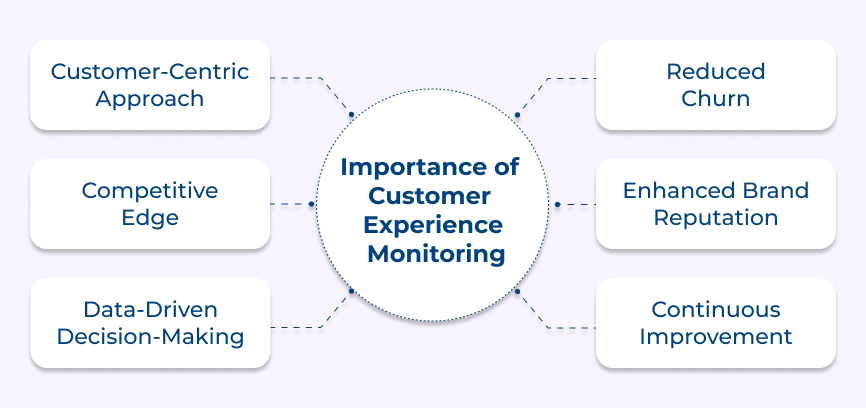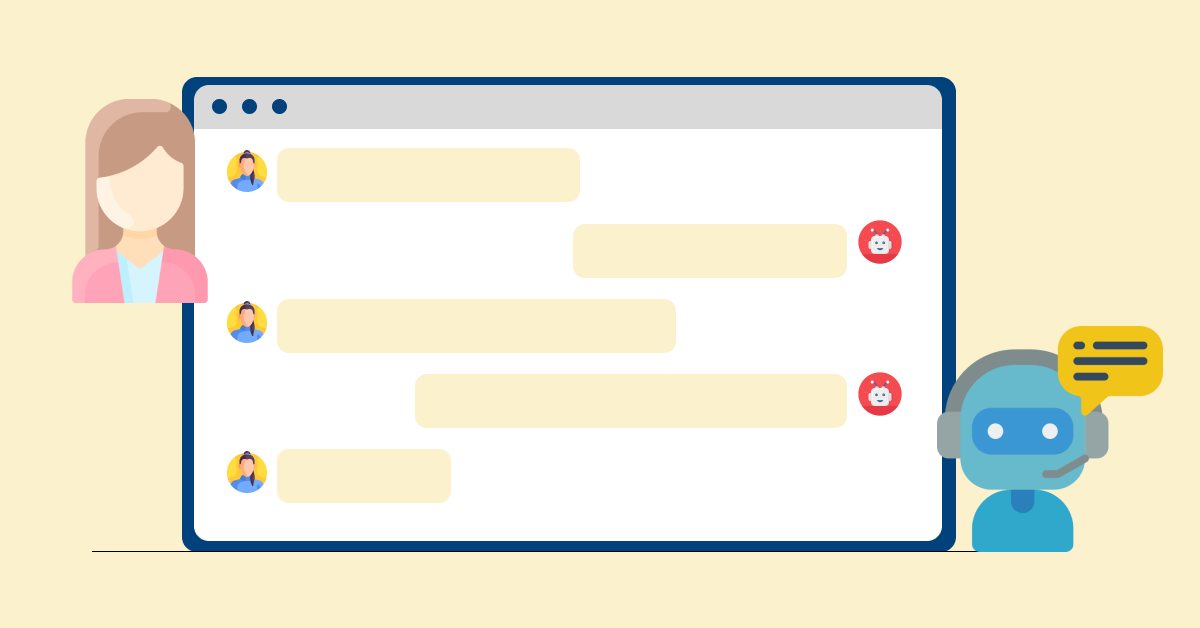Consider a retail company that measures its NPS every month. They find that the NPS has been declining steadily over the past few months. It prompts them to investigate further and discover that their customer service response times have increased significantly. Using this information, they quickly make changes to their customer service processes.
Pro tips:
● Choose the right metrics: Select metrics that align with the business goals and customer expectations.
● Continuous improvement: Set benchmarks and track progress over time to gauge improvements accurately.
How is Customer Support Maturity Measured?
Check out the various metrics that contribute to assessing customer support maturity, helping you unlock the insights necessary to enhance your team’s effectiveness.
1. Net Promoter Score (NPS)
NPS is a widely used method to measure customer loyalty and satisfaction. It asks customers to rate their likelihood of recommending them to others on a scale of 0 to 10. Customers are segmented into three categories based on their responses: promoters (9-10), passives (7-8) and detractors (0-6). The NPS is calculated by subtracting the percentage of detractors from the percentage of promoters. A higher NPS indicates a higher customer experience maturity level.
2. Customer Effort Score (CES)
CES measures the ease of doing business with a company. It focuses on minimizing the effort customers have to exert when interacting with a company. Customers are asked to rate their agreement with statements such as “The company made it easy for me to solve my issue” or “It was easy for me to find the information I needed.” A lower CES score indicates a higher CX maturity assessment, as it means customers find it easier to do business with the company.
3. Customer Satisfaction (CSAT) Score
CSAT measures the overall satisfaction level of customers with a specific interaction, such as a purchase or customer service interaction. Customers are asked to rate their satisfaction on a scale, usually from 1 to 5. The average score is then calculated to determine the CSAT score. A higher CSAT score indicates higher customer experience maturity. It is a reflection that customers are generally more satisfied with their interactions with the company.
4. Employee Engagement
Employee engagement plays a significant role in delivering exceptional customer experiences. Engaged employees are more likely to go above and beyond to meet customer needs. Using surveys and feedback to measure employee engagement can provide insights into the company’s ability to deliver a mature customer experience. Higher levels of employee engagement are indicators of the customer service maturity model.
5. Customer Loyalty and Retention Rates
Customer loyalty and retention rates are a reflection of the overall customer experience. A high customer retention rate indicates that customers are satisfied and loyal to the brand. Analyzing the rates gives valuable insights into the effectiveness and maturity of the customer experience strategy.
Drive Growth Through Customer Experience Maturity Stages
Driving growth through customer experience maturity assessment is essential for businesses to survive and thrive. Companies can differentiate themselves from their competitors and build long-term customer loyalty by focusing on improving the customer experience. Brands can drive growth through customer experience maturity by investing in analyzing customer feedback, understanding customer preferences and implementing improvements based on the insights.
Businesses should prioritize employee training and engagement to ensure that they are equipped with the skills to deliver exceptional support. It involves promoting a customer-centric culture and empowering employees to take ownership of customer issues to deliver effective solutions. Eventually a mature customer experience strategy can lead to increased customer satisfaction, improved retention rates and drive business growth.
